5,800,000,000
The number of tampons Americans use annually — one-third of the global total.

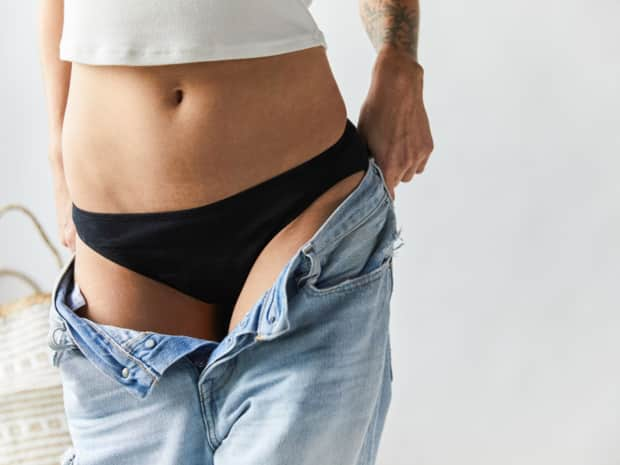
Last Updated: May 31, 2021
Period products pollute the oceans and landfills and may set you back almost 20k over your lifetime. Is it time to swap out pads and tampons for period underwear? Grove writer, Mackenzie Sanford, did, and she’s going to tell you all about it.
Menstruation happens for roughly half of the global population — always has, always will. But despite the fact that bleeding from the vagina is a truly awe-inspiring biological process that’s central to the continuation of human life on this planet, “society” has long deemed menstruation dirty, shameful, impure — and even inherently evil.
Back in the day, before feminine hygiene products became a thing, women got creative during menstruation, using scraps of fabric, tree bark, sheep’s wool, sea sponges, and other naturally absorbent materials to hide their blood.
Happily, in modern times, Americans are doing a pretty good job of destigmatizing menstruation — people who bleed from their vaginas generally aren’t labeled witches or sent away to live in a hut for a week. That’s largely because in the 1920s, the world’s dudes realized that they could make an absolute bloody killing helping bleeding ladies hide their curse. And they were right.
Today, the feminine hygiene market is making a lot of folks — mostly non-bleeders, I’m sure — super duper rich. Fortune Business Insights predicts that by 2027, the global feminine hygiene product market will be worth $51 billion. While this “blood money” scheme is great for huge corporations like Procter & Gamble, Johnson & Johnson, and Kimberly-Clark, it’s not so great for the earth.
From natural household to personal care, everything at Grove is healthier for you and the planet — and works! We recommend monthly shipments and product refills that you can edit or move at any time. No monthly fees or commitments required.
People with vaginas can expect to bleed more-or-less monthly for roughly 40 years, adding up to between 3.8 and 7.6 gallons of blood bled per vagina by the time menopause rolls around. Here are some other interesting numbers:
The number of tampons Americans use annually — one-third of the global total.
The number of tampons and/or pads a bleeder will use over their lifetime.
The number of years it takes for plastics in period products to decompose.
The average lifetime cost for the privilege of not bleeding all over everything.
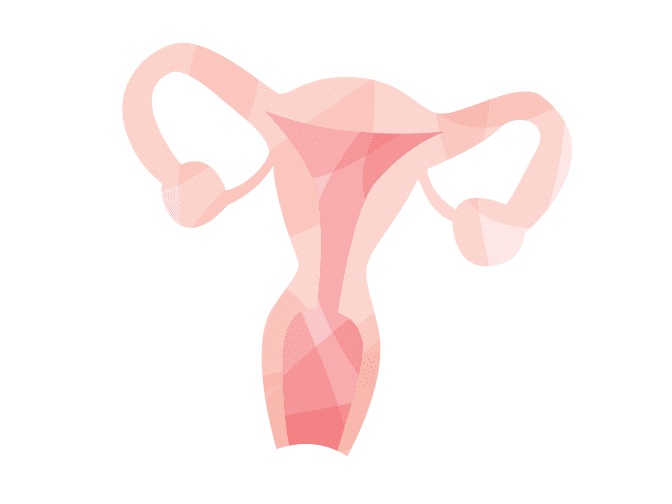
In my own efforts to eschew single-use menstrual products to save money, protect the environment, and give my weary vagina a break from tampons, I toyed with the idea of joining the free-bleeding movement, comprised of bad-a$$ bleeder babes who don’t bother catching their menses at all — they just bleed wherever, whenever, and however much — with the underlying goal of destigmatizing periods and bringing menstruation (waaaaay) out into the open.
Unfortunately, while free bleeding sounds like heaven to me on some levels, I’m not quite ready to sacrifice my bedsheets, clothes, car seats, and (probably) Grandma’s couch just to stick it to The Man — and you probably aren’t, either.
Never fear, though, because if the thought of banishing the purchasing of period products forever is appealing to you — but free-bleeding is most definitely not — there’s an underwear for that, and I tried it!
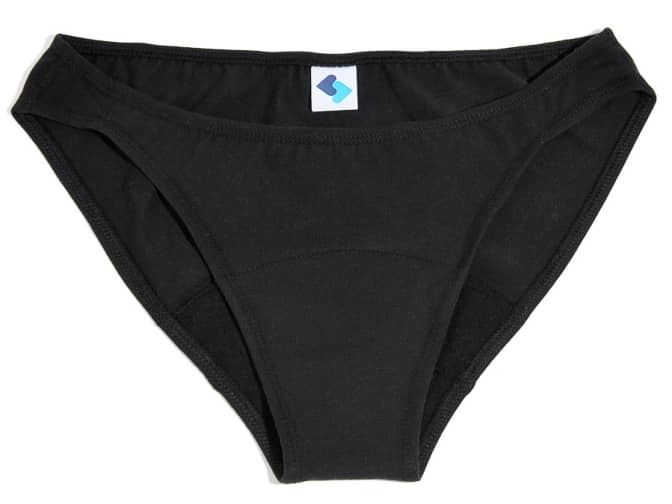
Sustain is a sex- and period-positive company founded by Meika Hollender, an advocate for sexual and reproductive health. Sustain is committed to ingredient transparency and sustainability with a focus on reusable solutions to single-use products. They sell an array of sexual wellness essentials, from fair-trade condoms and natural, fragrance-free lube to menstrual cups and, of course, period underwear.
Sustain period underwear features a thick layer of absorbent cotton fleece on top of a leak-proof polyurethane laminate lining. A pair of these panties holds up to one tampon’s worth of blood, so if you’re usually able to make it through the day using one tampon, you’ll be good to go with one pair of period panties per day. If you’ve got heavier periods, Sustain undies make a great backup for other menstrual products.
For more tips on how to find, use, and wash period underwear, check out our Period Underwear 101 guide for all things explained when it comes to period panties.
Period panties have definitely gotten a bad rap over the years — and it’s time to set the record straight. Here are some common myths and misconceptions about these menstrual miracle-workers that I’m happy to set straight, based on my own bona fide, genuine experience.

My experience: No one wants to feel like a wee bèbè wearing a nappy (well, some people do, but this isn’t that kind of article).
A lot of folks are under the impression that period panties feel like wearing a diaper, but that’s just bloody untrue. I’ve got a pair that holds four tampons’ worth of blood, and those don’t even feel close to wearing a pad, much less a diaper.
My Sustains are my go-to undies toward the end of my period, since the ones I use are light-absorbency and feel exactly like regular, comfy underwear.

My experience: A total lack of sensation isn’t usually a good sign, but when it comes to period underwear, feeling nothing is exactly what you want. I was honestly shocked the first time I wore period panties and didn't feel a thing. No wetness, no icky, sticky feeling, no shifting pad, no awkward bunching — no nothin’. Just easy, breezy dryness the whole day through.
The material used in period underwear is a hyper-absorbent, dark-magic gift bestowed upon us by the menstrual gods. But if you’re having an especially heavy day and want a little extra peace of mind, there’s no crime or discomfort in pairing your period undies with a menstrual cup. or organic cotton tampons for extra protection.

My experience: As Dwight Schrute once said, “False.” I’m always super happy with how little odor there is when I wear period underwear.
I regularly wear my period panties with skirts and dresses, and my olfactory senses have never once been assaulted by any loathsome aromas coming from down below. I mean, don’t expect to smell like a daisy-fresh spring breeze down there after wearing period panties for eight hours, but you definitely shouldn’t be able to randomly smell yourself — and no one else should, either.
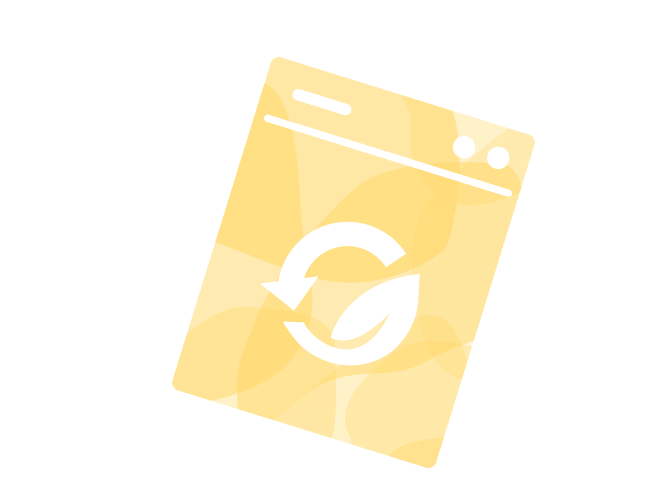
My experience: Most period underwear instructions recommend you rinse them in cold water after use and give them a delicate-cycle machine wash in cold water. And all purveyors of period panties strongly suggest that you hang your undies to air dry.
Pshaw! I’ve never hand-rinsed any of my period underwear. I just toss ‘em in the washer, add my natural detergent, and let the machine do all the gruesome work for me. I also never hang my period panties to dry, because I like the way machine drying tightens up my underwear after I stretch them out wearing them.
I’m pleased to say that the organic-cotton body of my Sustain period undies holds up to my neglect way better than the other brands I own –– while the threads of my nylon Thinx are starting to bust out, my organic cotton Sustains are holding strong after multiple washings.

Period panties have made my periods infinitely more comfortable, and I’m a couple pairs short of completely switching out all of my other menstrual products in favor of using period underwear exclusively. They’re way cuter and far more comfortable than the collection of ratty, blood-stained skivvies I used to keep in a shoebox to don during my period.
While they’re a bit of an investment up front, period underwear has already saved me a lot of dough on tampons and panty liners. Knowing that period panties are a sustainable alternative to the scores of disposable menstrual products out there makes me happy — even when I’m in the throes of a PMS-induced mood swing — and so does knowing that I’ll never have to open another tampon disposal receptacle in a public bathroom again.
If you’re ready to quit your expensive, invasive, and disposable period products and go green during the red, give period panties a try, and enjoy freedom and peace of mind whenever Aunt Flo comes to visit.
For more tips on how to find, use, and wash period underwear, check out our Period Underwear 101 guide for all things explained when it comes to period panties.

About the author: Mackenzie Sanford is a writer and musician trying not to bleed all over everything in the Midwest. She’s been writing for Grove since 2020.
Looking for more sustainable swaps and other eco-friendly switches you can make at home? Grove has you covered. From timely topics such as our handwashing and hand sanitizer breakdown to evergreen primers like our introduction to period underwear, our handy guides are here to answer your most pressing questions. And let us know if you have any menstrual cup questions (or share your own tips for making the switch using #grovehome) by following Grove Collaborative on Instagram, Facebook, Twitter, and Pinterest.
If you're ready to take period panties or other eco- and body-friendly period products for a spin, explore Grove Collaborative's feminine care selection.

These environmentally friendly and cost-effective feminine care items might just be your next sustainable swap.

Learn everything you need to know about condom sizes, types, usage, and natural options.
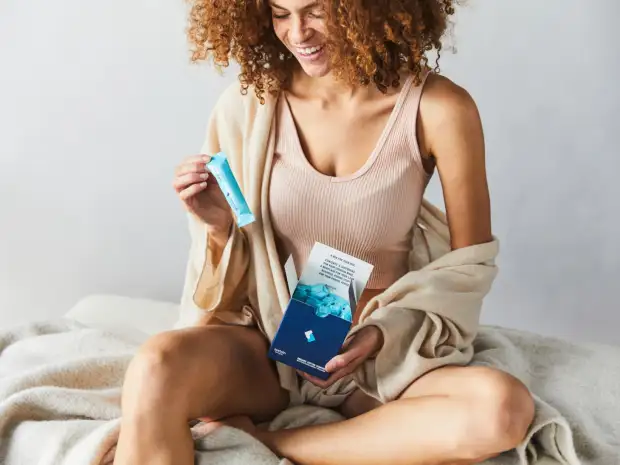
We break down the problems with conventional tampons, the best organic tampon brands, and plastic-free alternatives.
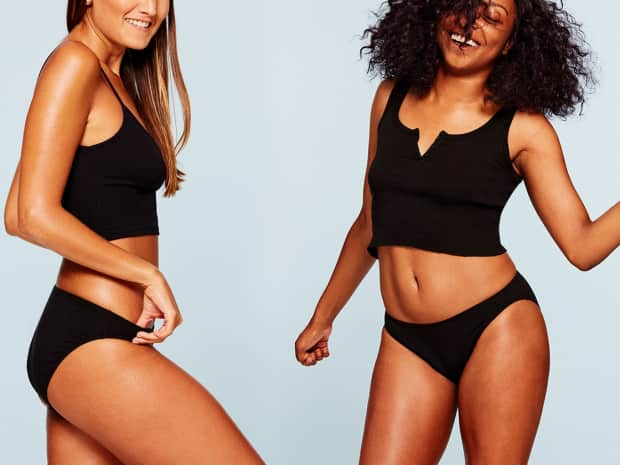
Our primer on leak-proof protection that’s both ecologically sustainable and economically smart.